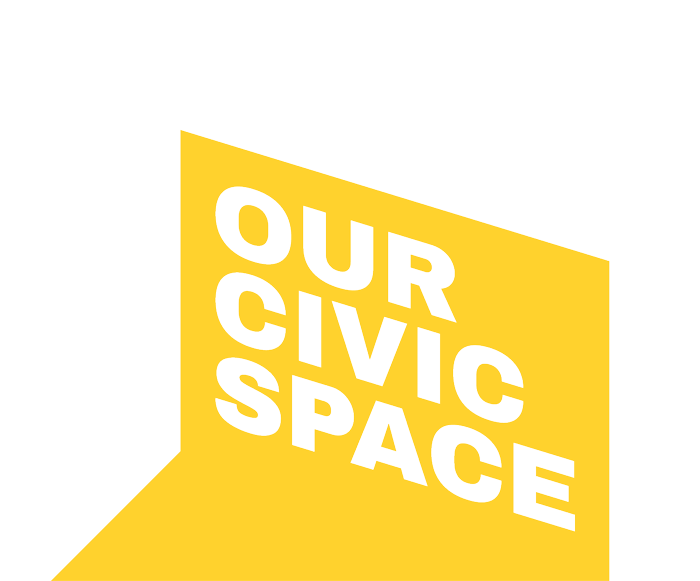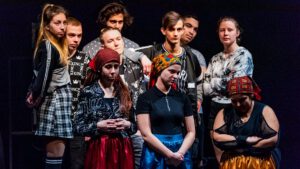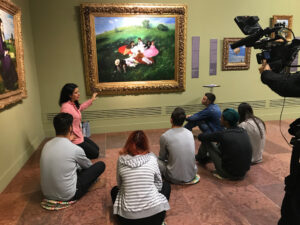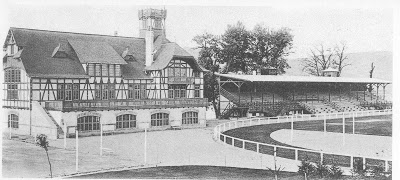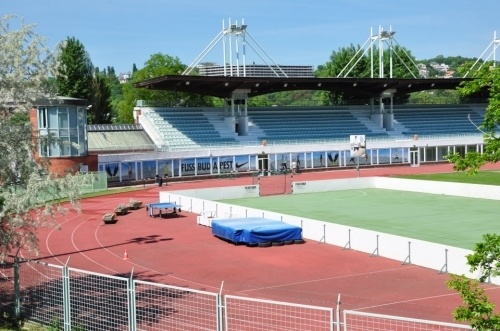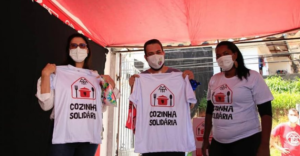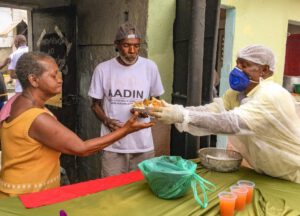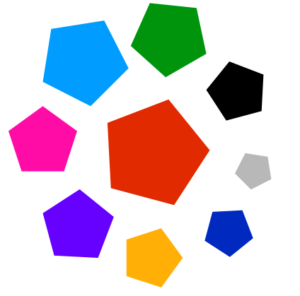Hungarian Inventors Day
Dynamo, ball-point pen, matches, telephone switchboard, Rubik’s cube, vitamin C. These are just some of the most famous inventions invented by Hungarians.
The holiday was first celebrated on June the 13th, 2009 on the initiative of the jubilee organization on the occasion of the 20th anniversary of the Association of Hungarian Inventors (MAFE), founded in 1989.
Why June 13th? The date got accepted because the first Hungarian Nobel laureate, Albert Szent-Györgyi, a biochemist, announced his invention on this very day in 1941, a process for the production of long-lasting products with high vitamin C content.
Interestingly, it is not only the field of science, where Albert Szent-Györgyi made his mark. It is worth translating what the inventor thought about sport and its social effects:
“Sport is primarily an intellectual concept. A sports team is a scaled-down image of society, a match a symbol of the noble struggle for life. Here, during the game, sport teaches a person in a short time the most important civic virtues: cohesion, self-sacrifice, complete subordination of individual interest, perseverance, willingness to act, quick determination, self-judgment, absolute fairness, and above all “fair play,” the rules of the noble struggle.” – Albert Szent-Györgyi
